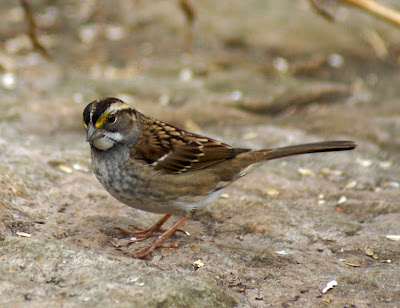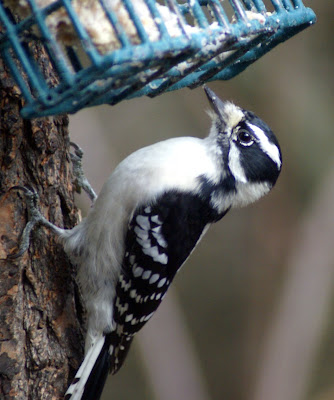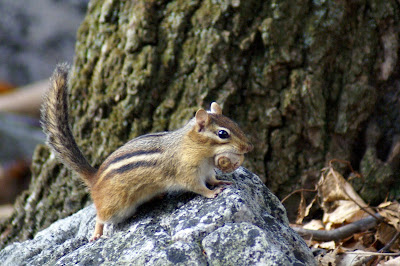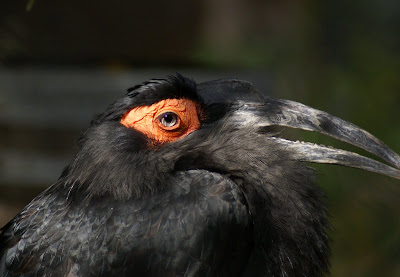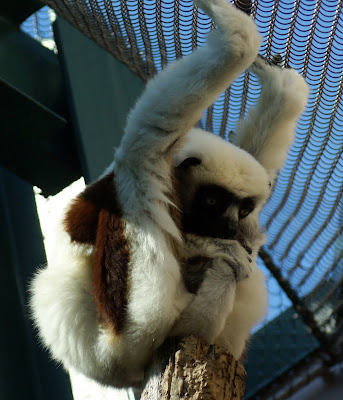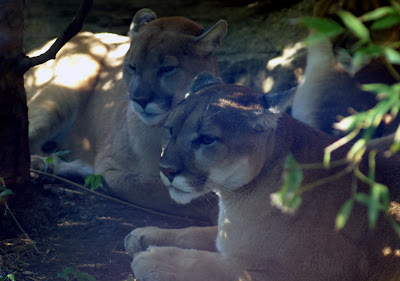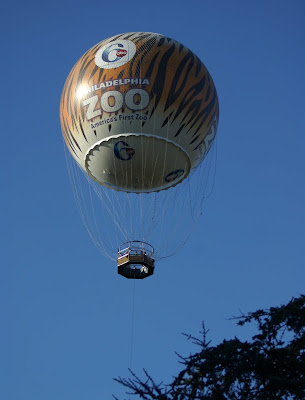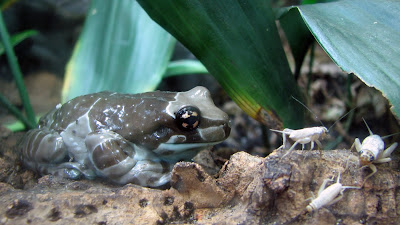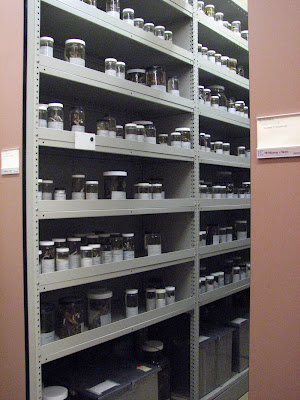One of the greatest attractions of the Central Coast for me is the elephant seal rookery near San Simeon. The huge seals can be seen there any time of year, because they take turns coming ashore to molt, mate, be born, fight, rest, nurse... The winter is the best time, though, because it's the peak season for births and mating. This year I was for the first time able to drive up there in the winter and indulge in watching and taking photos of this huge and wonderful guys.
Following the photos, there are some interesting facts about them, which I collected from various websites.
By mid-February, which is when I got there, most adult males have already fought over and established their territories, and the females were more or less fairly distributed among them, most of them with an accompanying pup. The younger/smaller males were orbiting around, taking every chance to mate with the females while the dominant male was looking the other way. They would retreat hastily once detected, without waiting to be assaulted. While seals are rather awkward on land and move around like huge caterpillars, it was amazing how agile a 2 ton male can be when chasing a competitor away from his harem.
While most of the pups were busy nursing every waking moment, some seemed to be already abandoned by their moms and were lounging around, waiting for their turn to leave land. As it usually happens, some youngsters did not make it, and there were a few immobile, sand-covered foul smelling bundles here and there that were an object of keen interest for vultures and crows. Around them the life went on: mating, nursing, sleeping, scratching, throwing sand over themselves, sparring (mostly young male pups), with a lot of yelling into the bargain. Everyone contributed to the noise: huge males snorting to announce their presence and maintain territorial boundaries; females yelling, pretending to be unhappy about the males' advances; pups screaming while being "stepped" on or after losing that teat for a second...









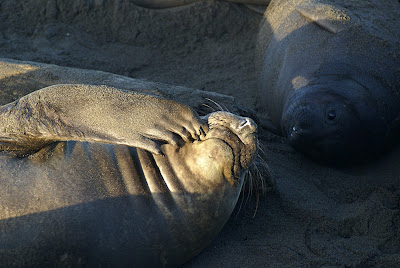










Elephant seals are large, oceangoing seals in the genus Mirounga. They were hunted to the brink of extinction by the end of the nineteenth century, but numbers have since recovered.
Elephant seals take their name from the large proboscis of the adult males (bulls) which resembles an elephant's trunk. The bull's proboscis is used in producing extraordinarily loud roaring noises, especially during the mating season. More importantly, however, the nose acts as a sort of rebreather, filled with cavities designed to reabsorb moisture from the animals' exhalations. This is important during the mating season when the male seals rarely leave the beach to feed and therefore must conserve body moisture as they have no incoming source of water.
The Northern Elephant Seal, somewhat smaller than its southern relative, ranges over the Pacific coast of the U.S., Canada and Mexico.
Females come ashore in January-February to give birth. The pups are black, noisy and active with a strong interest in the milk from their mother that will take them from approximately 70 pounds at birth to over 300 pounds in four weeks. Some resourceful pups nurse from two or three females. They can weigh 600 pounds and are aptly called "super weaners".
Adult females abruptly wean their pups by desertion about 24 days after giving birth. They come into season and mate before leaving for the ocean. However, the fertilized egg does not implant in the wall of her uterus for about four months a rare phenomenon called "delayed implantation". The theory is that the female is so weak after nursing and fasting that she doesn't have enough energy to nourish the egg. Since the seals' gestation period is seven months, this delay means that the young will be born after the female reaches her breeding ground the following year. The pups could not survive if born at sea.
By mid-March, most of the adult seals are gone, leaving the pups behind. The pups teach themselves to swim before following them.
(Info collected from Wikipedia, www.parks.ca.gov and www.elephantseal.org.)


